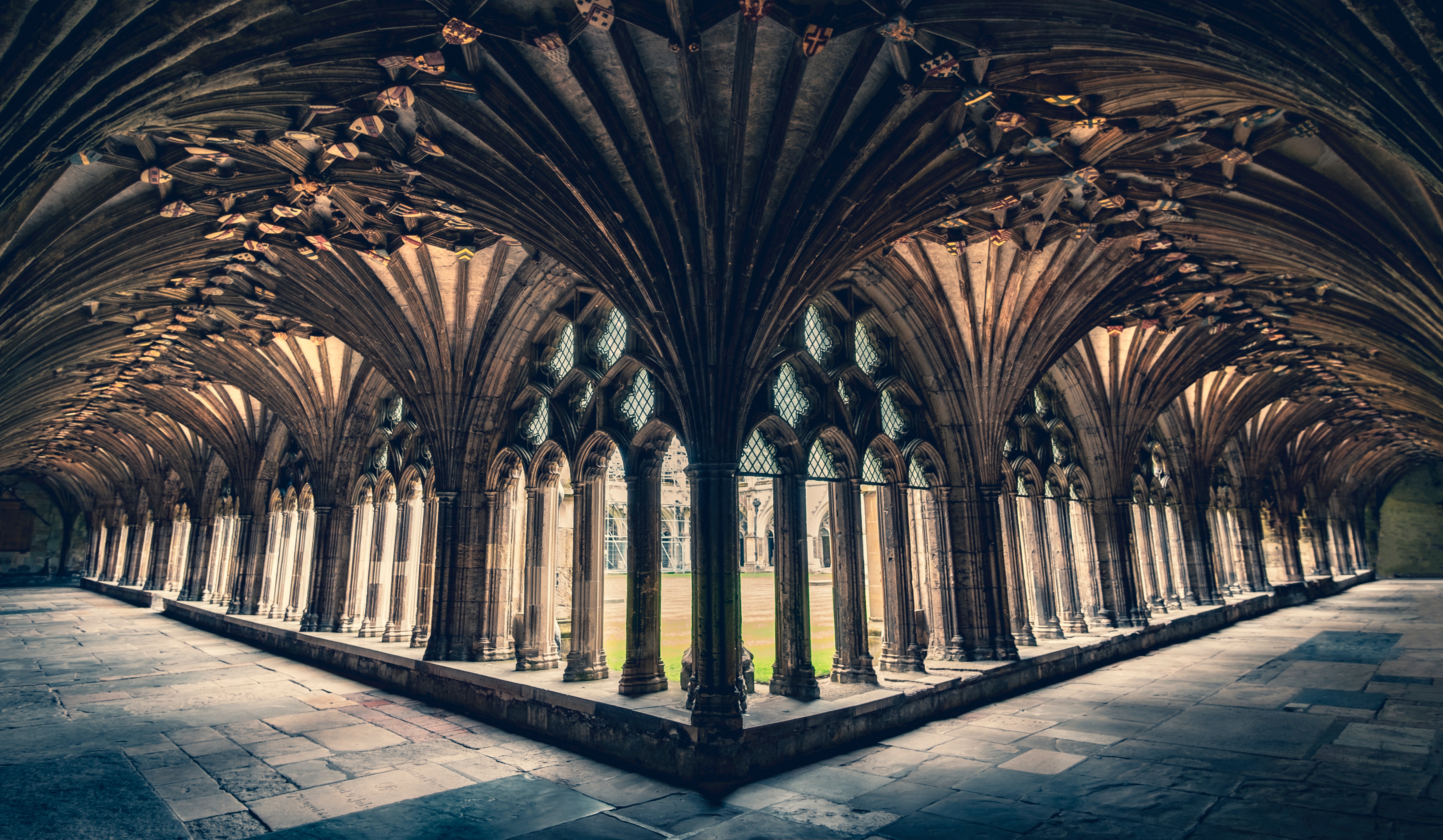Workshop 1
Digital Technologies and Domestic Textiles
University of Southampton, 19th March 2012
Aims:
to investigate what new computer-aided technologies can offer the study and presentation of historic domestic interiors.
Research questions:
- What is the state of research on natural patterns of seeing? What technologies are used to investigate biological vision?
- Can ‘eye-tracking’ be used to identify whether people respond differently to different kinds of image and surface?
- How far can conservation analysis and digital visualisation tools accurately reconstruct the original appearance of interiors and objects (including historic lighting and atmospheric conditions)?
- Can digital reconstructions offer multi-sensory experience?
- What kind of specialist information and/or equipment is required accurately to reconstruct the original experience of interiors and objects in a given time and place?
Workshop 2
The Visual Dynamic of the furnished Domestic Interior
Ashmolean Museum, Oxford 16th October 2012
Aims:
to bring together a range of different textile-based artefacts to examine the visual dynamic created by different surfaces, colours, shapes, imagery and texts.
Research questions:
- What range of objects, textures, colours, forms, shapes, images and texts could be found in the early modern domestic interior and how were they displayed?
- Are there significant differences in how pattern, imagery or iconography is represented in different textile items (and hence different ways of looking at different items)?
- Can we formulate an approach to decorative textiles and other domestic artefacts that encompasses the study of a body of objects as a cohesive whole, rather than a collection of individual items?
- How far can we ascertain and therefore recreate the original condition and quality of an object’s colour, texture and surface? How can conservation analysis contribute, alongside Workshop 1’s technologies, to this understanding? How might digital recreations inform research and museums presentation?
Workshop 3
- This experiment-based workshop was held at Owlpen Manor in Gloucestershire, home to a rare surviving set of early modern painted cloths.
- These cloths provided a useful subject for our experiment because they are large-scale, incorporating both pictorial and figurative imagery, and are still in a domestic setting.
- We wanted to find out if and how people looked at this historic textile decoration; what they noticed about the quality of the materials, the nature of the imagery and the story.
- So we set up the room in which the cloths are hung so that we could track the eye-movements of the two groups of participants while they surveyed the room.
- Ben Tatler and Ross Macdonald from the University of Dundee set up mobile eye-tracking equipment on each volunteer.
- Wearing the mobile eye-tracking equipment, each participant was invited to view the room.
- They were encouraged to look at their surroundings in detail and to see the cloths in the context of other furniture and furnishings.
- Then, each participant viewed the room a further three times, having been introduced before each viewing to an additional piece of information typed on a piece of paper.
- The information we provided directed attention towards the rare and historic nature of the cloths: their material (linen) and their subject matter (the biblical story of Joseph).
- Ben and Ross then made an initial brief analysis of the data while Nicolas Mander gave a talk about the significance of the cloths to members of the network.
- Then followed Ben’s presentation on his initial findings and discussions between network participants about the nature of “engaged” viewing and what this means for studying and presenting early modern domestic interiors.
- Very early analysis suggests that specific prior knowledge or direction does not have an impact on how people view historic interiors. Detailed analysis of this experiment and the implications of ou findings will follow at the final conference in September.
Thanks to Nicholas Mander for his hospitality and to the participants for taking part in the experiment.
